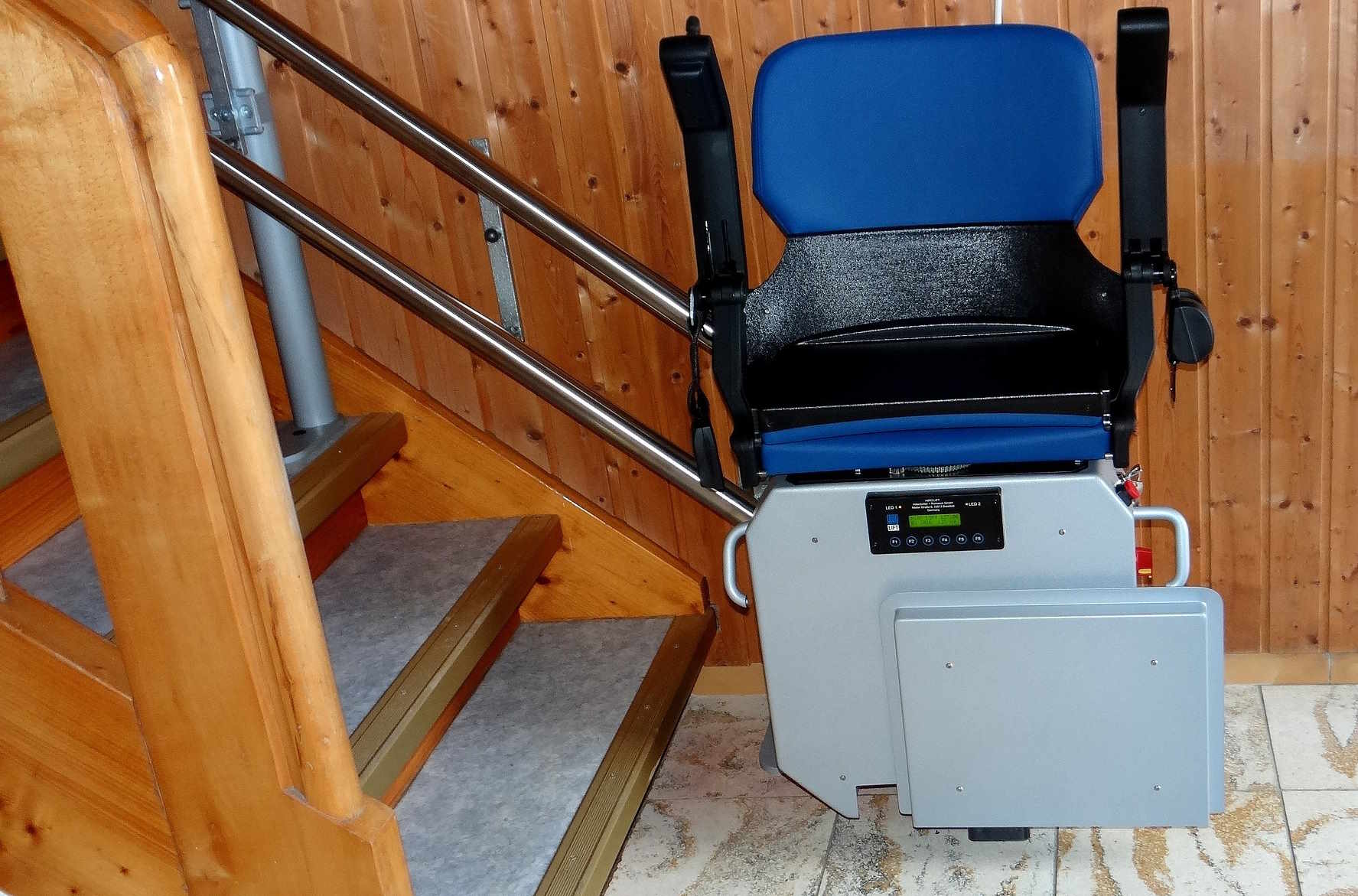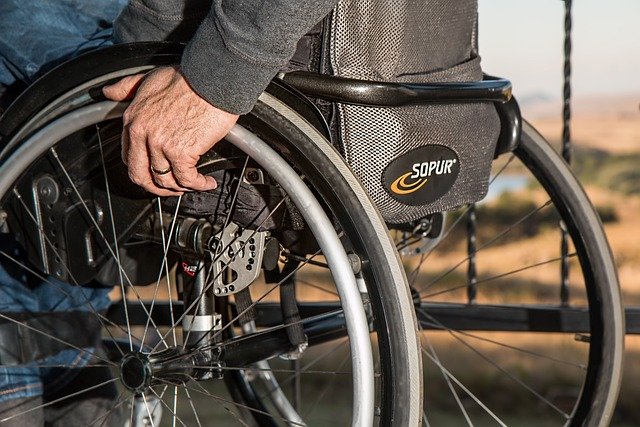Identifying and responding to financial exploitation signals
Financial exploitation can affect people of all ages and backgrounds. This article outlines practical signs to watch for and steps to take when suspecting exploitation, with attention to communication patterns, technology cues, and support resources that protect vulnerable adults.

Financial exploitation often starts subtly: a new friend asking for money, unexpected requests over an app or social platform, or changes in spending linked to a new companion. Recognizing early signals—changes in communication, sudden transfers, or secrecy around finances—helps concerned family members, caregivers, and community workers act before losses escalate. This article explains common warning signs and practical responses tailored to older adults and those using dating or social apps, while integrating modern tools and community supports that reinforce safe connections.
How can aging and retirement affect vulnerability?
Aging and retirement bring life changes that can increase financial vulnerability. Reduced social circles after retirement, health-related expenses, or transitions in routine can reduce oversight and increase isolation. Cognitive decline or memory lapses may make elders less able to track finances or spot inconsistencies. Retirement income structures—pensions, savings, or fixed benefits—can be targeted by fraudsters. Awareness of these factors allows families and local services to design elderly support measures and senior activities that reduce isolation and strengthen financial safeguards.
What app and screen cues suggest risk?
Dating and social apps create opportunities for connection but also for abuse. Red flags on a screen include requests to move conversations off a verified platform, rapid pressure for financial help, or reluctance to share photos or meet in person. Be mindful of inconsistencies in profile photos or stories and watch for repeated appeals framed as emergencies. Encourage app users, including older adults, to verify identities, use secure settings, and consult trusted contacts before sending money or sharing bank details.
How does communication and connection signal exploitation?
Exploitation often relies on manipulating communication and connection. Patterns to watch for include sudden increases in contact frequency, overly intimate language early on, or requests for secrecy. Scammers may exploit loneliness, using consistent messages to build trust before asking for financial favors. Caregivers should monitor unusual phone calls, emails, or text messages, and maintain open lines of conversation about online relationships. E-books and community guides on safe communication can help families coach loved ones about healthy boundaries.
What signs relate to elderly and elderly support needs?
Signs that an elderly person may be exploited include unexplained withdrawals, changes in banking patterns, missing personal items, or new names on accounts. Look for shifts in involvement with day-to-day tasks—kitchen routines interrupted, missed senior activities, or sudden changes in travel plans or fitness classes. Coordination with elder care professionals and local services in your area can reveal whether a person needs additional oversight, financial management support, or mental health resources to reduce exploitation risk.
Could ethnicity, travel, or photos be misused?
Cultural factors like ethnicity can be exploited by perpetrators who falsely claim shared background to gain trust. Travel stories are a common ruse: scammers invent emergencies while a supposed relative or partner is traveling, requesting funds. Manipulated or stolen photos can create convincing online identities. Encourage image verification, check inconsistencies in personal narratives, and discuss cultural context sensitively to avoid stereotyping while protecting individuals from manipulative appeals.
How can mindfulness, fitness, and innovation inform responses?
Mindfulness and wellness practices help older adults maintain clarity and resist pressure tactics. Regular activities—fitness groups, modern hobby classes, or community kitchen meetups—strengthen social ties and create multiple trusted observers who can spot worrisome changes. Technological innovation also helps: banking alerts, screen-time reviews, and app security features can limit exposure. Libraries and community centers often offer e-books and workshops on digital safety and financial literacy tailored to seniors and caregivers.
Conclusion
Identifying financial exploitation requires attention to patterns in communication, app behavior, financial records, and changes in daily living. Combining vigilance with community-based elderly support, technology tools, and open conversations can reduce risk and enable timely responses. When concerns arise, coordinate with trusted local services, financial institutions, and legal advisors to protect assets and restore secure connections without isolating the individual.




